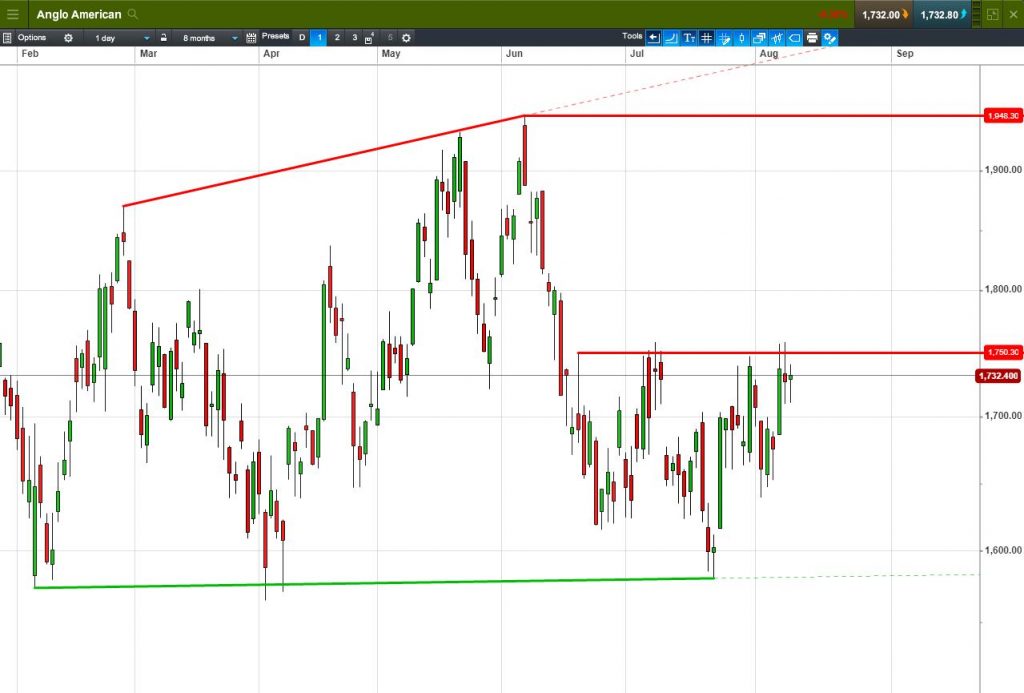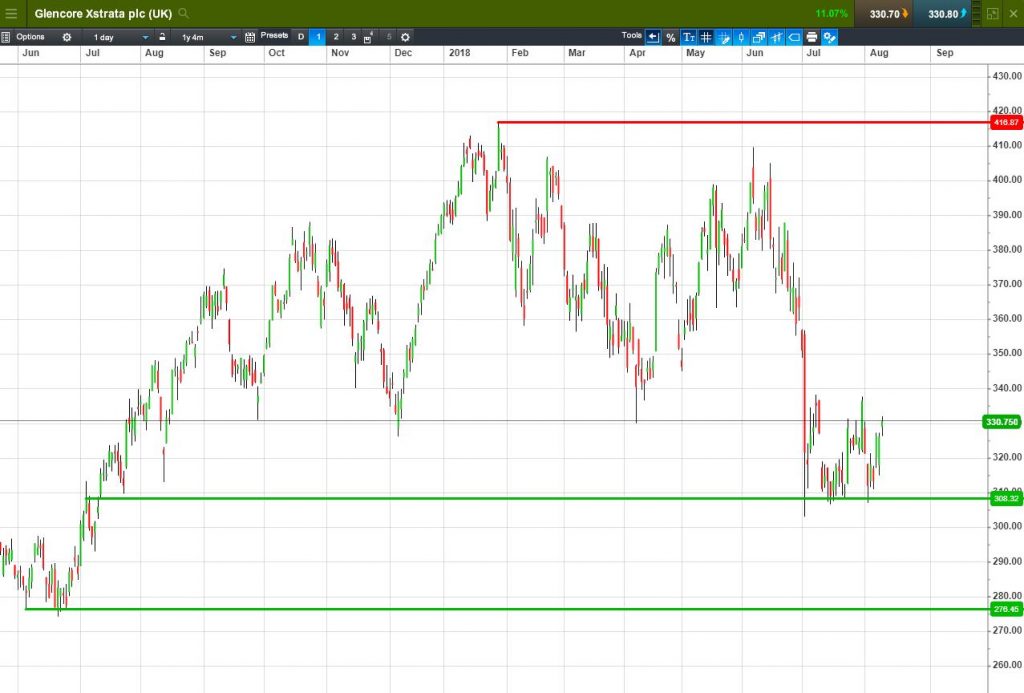Direct Comparatives
But first, a short primer for those who are familiar with the two companies in this report, but want to learn more about their position and significance within the Mining sector.
Glencore is a globally-diversified developer of natural resources, headquartered in Switzerland. Originally a commodities trading company, it now produces copper (57% of revenues), zinc (28%), nickel (8%) and ferroalloys (7%). It is also a major seller of precious metals, as well as cobalt (crucial for Electric Vehicle manufacturing).
Most of Glencore assets are in Sub-Saharan Africa (DRC, Zambia), South America (Chile, Peru), Canada, Norway and Australia.
Its key industry peer and competitor Anglo American is a major producer of diamonds (through its world-famous De Beers subsidiary, making up 21% of revenues), as well as metallurgical and thermal coal (29%), iron ore (14%) and copper (13%), plus other products.
Half of its production base is concentrated in South Africa (25% of revenue, platinum, iron ore & diamond production) and Brazil (25%, nickel, iron ore), with other assets in Namibia & Botswana (19%, diamonds), Chile (13%, copper) and Australia (8%, coal). (Source: Companies’ newswires, 8 August 2018)
Financial metrics
On paper, Glencore is a much bigger company by market capitalisation (£48.6bn vs.£24.6bn for Anglo American), 2018 workforce (Glencore: 146K, Anglo American: 69K) and latest earnings (Glencore: $8.27bn; Anglo American: $4.58bn). (Source: Companies’ newswires, 8 August 2018)
Comparing companies by market capitalisation can be misleading, since valuation multiples can be inflated, but looking at their price-to-earnings (P/E) ratios reveals that both Glencore and Anglo American have similar trailing 12-month multiples (9.94 and 9.22, respectively). This suggests that neither of the companies is considered significantly overvalued compared to the other. Their trailing P/E ratios are also below the Mining Index’s (14.2), suggesting that both companies present good investment value compared to their Metals & Mining rivals. (Source: Bloomberg, 8 August 2018)
Sector drivers
Mining sector as a whole has seen some exciting trading activity in 2018, with significant daily share price swings.
Much of the volatility has been generated by three closely related geo-political/geo-economic drivers: (a) strong USD rally, (b) deterioration of global trade relationship between major economic powers, and (c) mixed macroeconomic signals from China. All three of these factors are closely interlinked and difficult to present in isolation, but the general trend of events includes the following:
- US Dollar staged a strong rally against major peers, with EUR/USD falling from the highs of 1.255 in mid-February to 1.16 in early August (7.5% fall).
- USD rally is caused, in part, by Federal Reserve policy of raising interest rates, and new import tariffs on Chinese & EU goods, which benefit US producers.
- As metals are priced in US dollars, stronger USD led to lower metals prices and lower earnings for UK Index Miners.
- While copper (a major product for both companies) has not been directly sanctioned by President Trump’s administration, and the focus has been on steel and aluminium tariffs, negative market sentiment has seen copper prices fall 15% from June highs, while zinc prices -18% and nickel prices -13%. (Source: LME, 8 August 2018)
- US trade war policy may be impacting economic stability in China, which is a major metals producer and consumer. While it is too early to say if China’s growth story is threatened, some indicators (latest GDP, Industrial Production & Manufacturing) are showing worrying signs of a slowdown. Mining shares remain sensitive to both positive and negative Chinese economic data. (Source: Trading Economics, 8 August 2018)
Trading environment
On the individual front, both Glencore and Anglo American also faced their own challenges and triumphs. Latest Anglo American H1 results (26 July) pleased investors, with EBITDA growing 11% YoY (beating consensus expectations), copper production +19%, metallurgical coal +17%, diamonds +8%. Dividend was increased by 2%, while full-year production outlook was reiterated for diamonds, nickel & coal, increased for platinum, though lowered for iron ore.
Latest Glencore results (8 August), however, disappointed, with H1 EBITDA at the lower end of consensus expectations, unchanged dividend and reported volatile price environment. Rising costs were partially blamed for the forecast miss.
Legal issues continue to provide additional drag to Glencore’s share price, including the ongoing US Department of Justice investigation into bribery and money laundering, with the shares falling over 8% on the day of the announcement (3 July). New mining code in the Democratic Republic of Congo, where Glencore has important operations, is also a source of continued dispute due to higher new taxes levied on the company.
For daily analytical coverage of the Mining sector and other UK 100 stocks, you can also sign up to have our research sent directly to your inbox.




